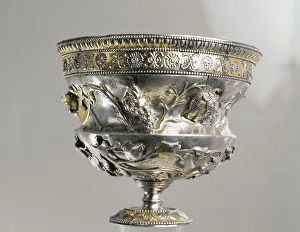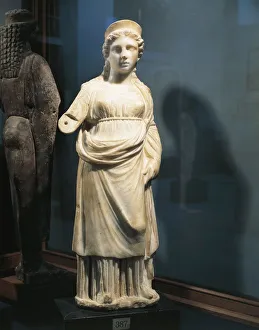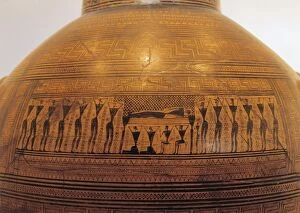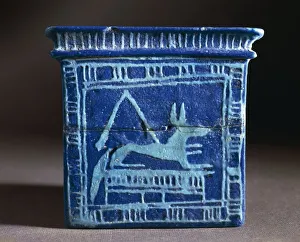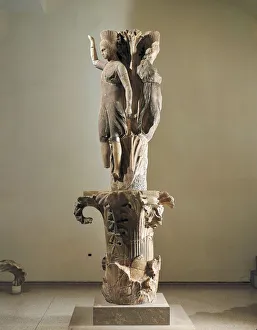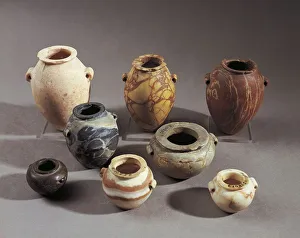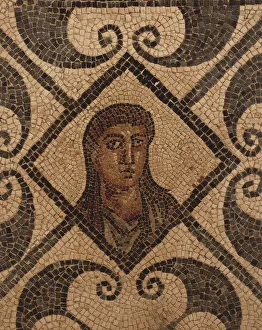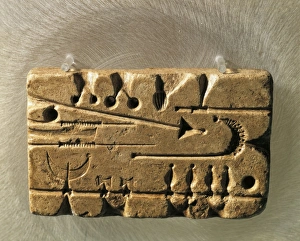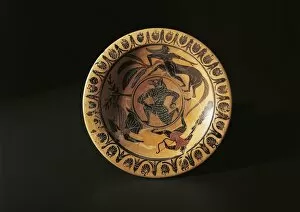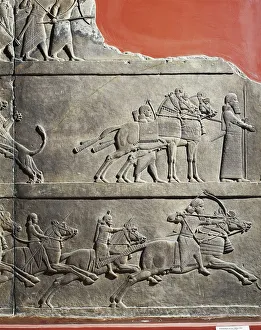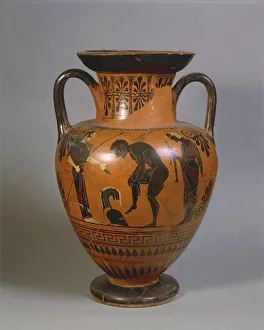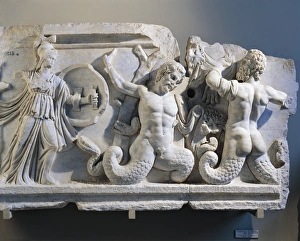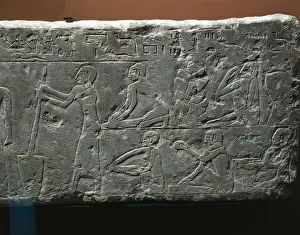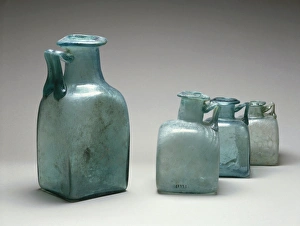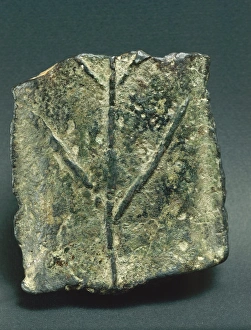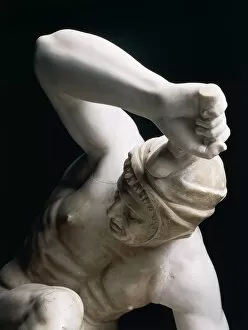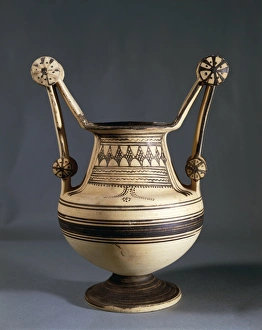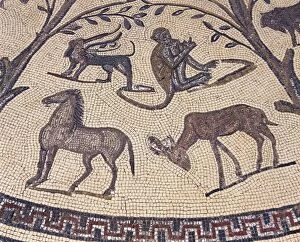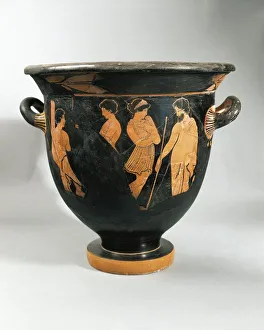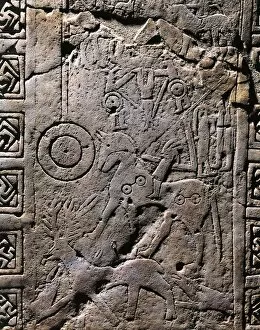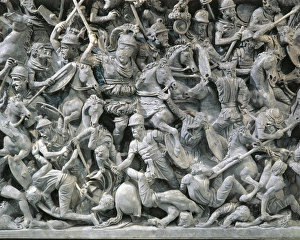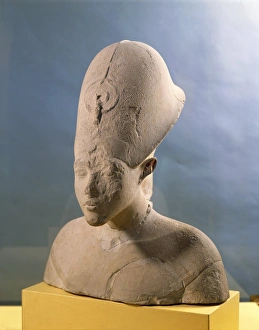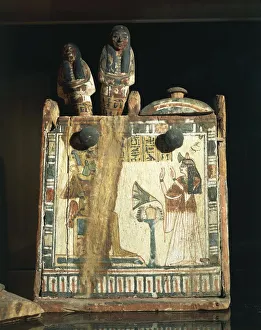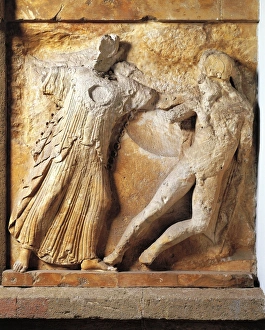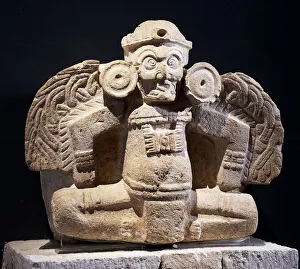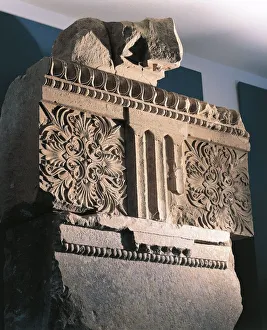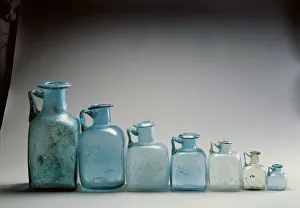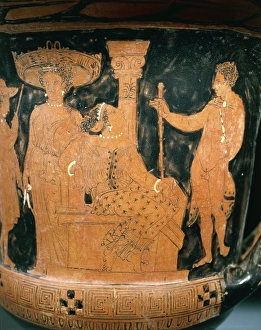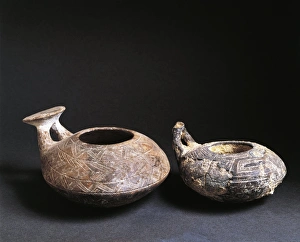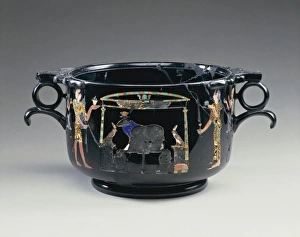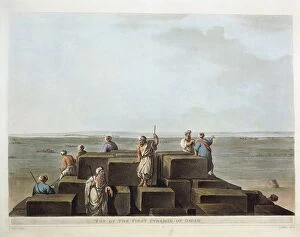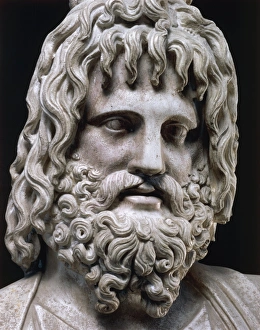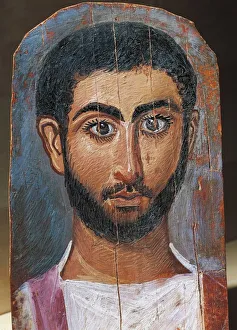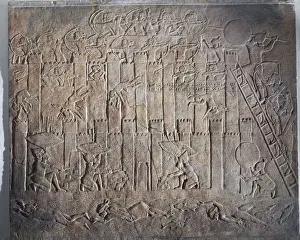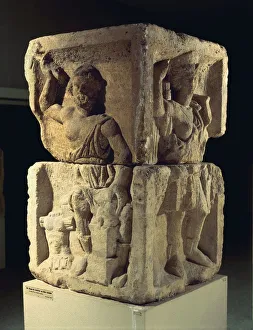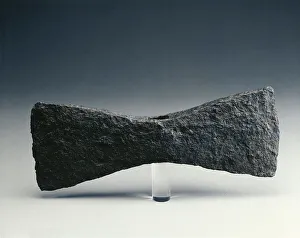Archaeological Artifact Collection (page 5)
"Unveiling the Mysteries of Ancient Art: A Glimpse into the World of Archaeological Artifacts" Detail of Marble statue of Tyche, goddess of fortune
All Professionally Made to Order for Quick Shipping
"Unveiling the Mysteries of Ancient Art: A Glimpse into the World of Archaeological Artifacts" Detail of Marble statue of Tyche, goddess of fortune, from Prusias ad Hypium, Turkey: Witness the exquisite craftsmanship and divine beauty captured in this intricate marble statue depicting Tyche, the goddess of fortune. Marvel at her serene expression and delicate features as you delve into the rich history behind this archaeological artifact. Painted terracotta Sarcophagus of the Spouses, from Cerveteri, Rome province, Italy (520 B. C): Step back in time to ancient Rome with a closer look at this painted terracotta sarcophagus. Admire its vibrant colors and detailed scenes that tell a story about love and eternal companionship. Discover how these artistic masterpieces served as final resting places for noble couples. Fourth style fresco depicting Bacchus and Vesuvius volcano, From House of Centenary at Pompeii: Transport yourself to Pompeii's House of Centenary through this captivating fourth-style fresco. Explore the juxtaposition between Bacchus, god of wine and revelry, against the backdrop of Mount Vesuvius – an eerie foreshadowing before tragedy struck in 79 AD. Relief depicting people carrying amphorae in wine cellar: Delve into ancient winemaking traditions with this remarkable relief showcasing people transporting amphorae within a wine cellar setting. Uncover insights into their meticulous methods while appreciating their dedication to preserving one of humanity's oldest pleasures – fine wine. Marble statue of Aphrodite from Cnidus - copy by Praxiteles: Behold Aphrodite's timeless allure embodied in marble form. This replica sculpture pays homage to Praxiteles' original masterpiece from ancient Greece – an iconic representation that has captivated generations with its gracefulness and sensuality. Diana of Versailles.

